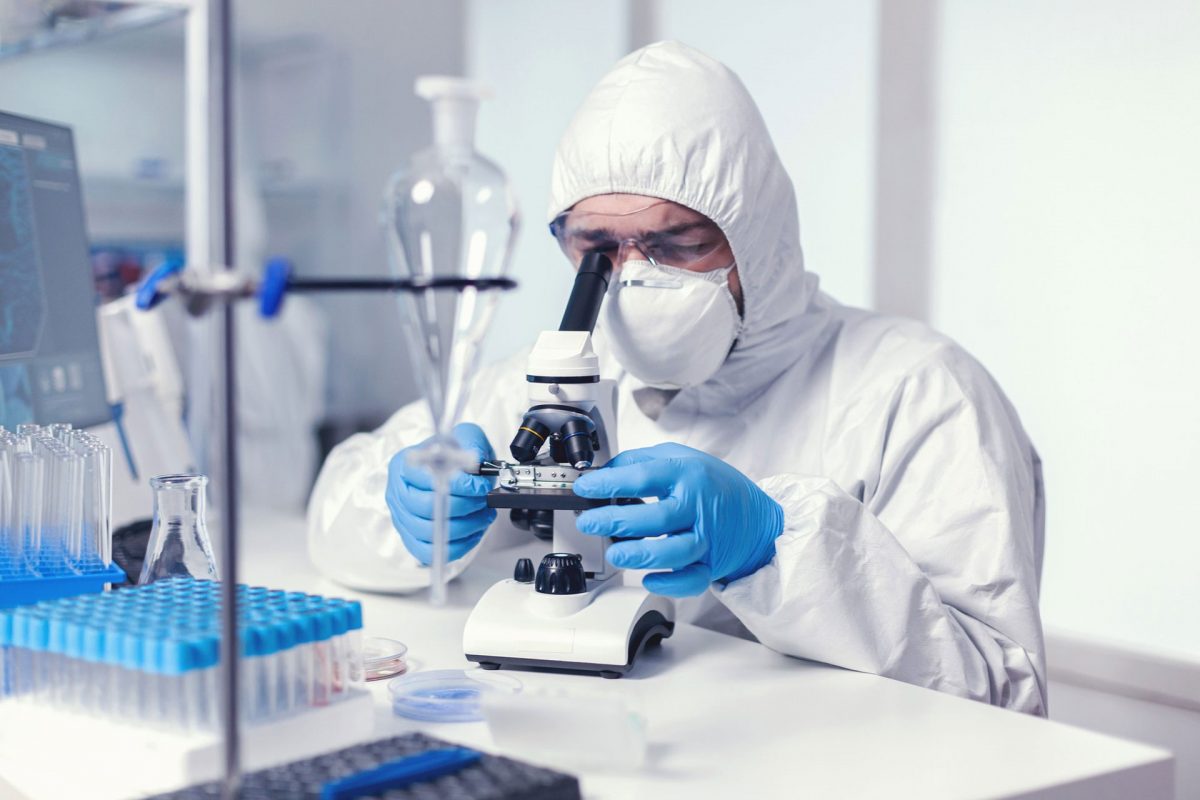The principal function of Vitamin E is as an antioxidant. It is in this capacity that the vitamin maintains membrane integrity of body cells. The mechanism by which Vitamin E protects the membranes from destruction is through its ability to prevent oxidation (peroxidation) of unsaturated fatty acids contained in the phospholipids of the membranes. Though the phospholipids of the mitochondrial membrane and endoplasmic reticulum contain more unsaturated fatty acids than the cells plasma membrane and thus are at greater risk of oxidation, cell membranes are still vulnerable. As an antioxidant, Vitamin E can destroy single molecular oxygen and can stop reactions involving free radicals (sometimes called free radical termination or chain breaking).
The structure of vitamin E, specifically the phenolic hydroxyl group, provides hydrogen ions to free radicals. Free radicals can start a series of reactions that can be terminated by vitamin E. The antioxidant properties of Vitamin E enable it to inhibit the oxidation of LDL’s.
GEOTONIK™: Global Pharmaceutical Medical Equipment Company Limited.
Tel: 024.3783.5506 - 024.6674.6058
CARDIOTON™:
From Da Nang to Ca Mau: Global Pharmaceutical Medical Equipment Company Limited.
Tel: 024.3783.5506 - 024.6674.6058
From Quang Binh to Lai Chau: Viet Quoc Pharmaceutical Product Company Limited.
Tel: 024.3792.1698
NQ Healthcare Australia - Vietnam Office
Address: BO4B, Floor 4, Annex Building, 309B – 311 Nguyen Van Troi St., Ward 1, Tan Binh Dist., HCM City.
Tel: (+84) 28 3842 2639
